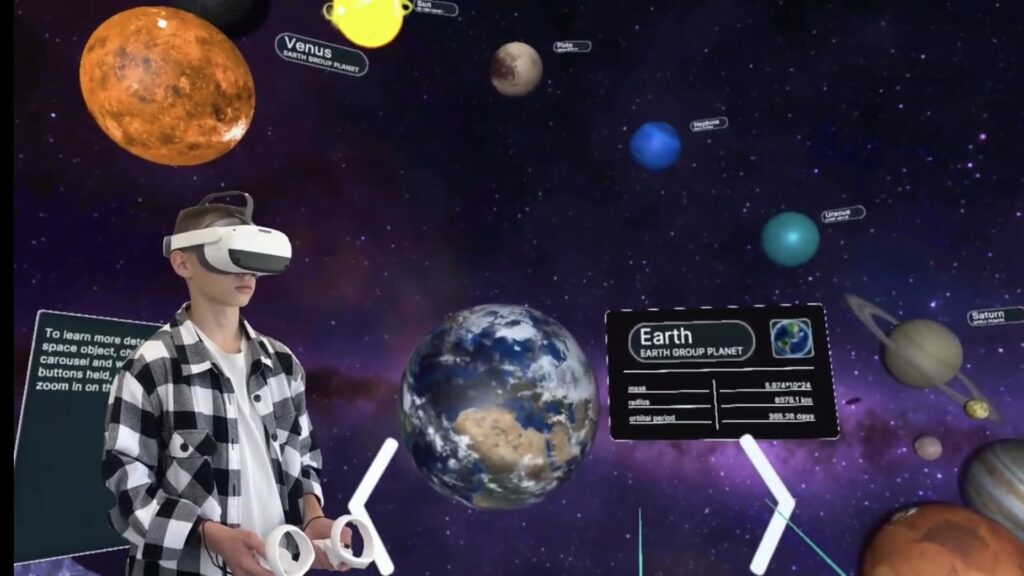

As children grow, the environment in which they learn becomes increasingly important. Choosing the right school for your child involves more than just selecting a curriculum; it’s about finding an educational setting that nurtures their curiosity and fosters motivation. While some believe that “You can learn anywhere, it’s all about the desire,” this view is too simplistic. The truth is that a stimulating educational environment can make all the difference in whether a child thrives academically or becomes disengaged.
Education today is more flexible and student-centered, which is a huge plus. However, the classroom environment plays a key role in shaping students’ attitudes toward learning. A poor learning space can dampen a student’s enthusiasm, while a supportive one can spark a lifelong love of learning. It’s not just about the teachers or the subjects taught—it’s the overall atmosphere that helps students connect with the material and stay motivated.
One of the most exciting developments in education is the rise of virtual reality (VR) technology. Many schools are now integrating VR classrooms to create dynamic and interactive lessons. Through VR education, students can immerse themselves in engaging experiences, such as:
By turning abstract ideas into hands-on learning, VR learning makes complex subjects more relatable. Virtual reality in education doesn’t just offer cool experiences—it helps bridge the gap between theory and practice, making lessons more memorable.

Students who are already motivated tend to maintain their focus, but VR in the classroom is especially beneficial for those with lower interest levels. Here’s why:
Incorporating VR education into schools offers a way to reach struggling students and reignite their interest in learning.
In a VR classroom, students don’t just absorb information passively—they become active participants in their own learning journey. Instead of simply reading about historical events or scientific concepts, they can experience them first-hand. Imagine being able to explore the solar system, dissect virtual organisms in VR biology, or conduct in-depth VR chemistry experiments without ever leaving the classroom.
This immersive approach transforms traditional lessons into interactive classroom activities that spark curiosity and engagement. With VR learning, students can take control of their education by interacting with subjects in real-time, exploring concepts at their own pace, and seeing immediate results from their actions.
Furthermore, VR education services allow teachers to create personalized learning experiences, ensuring that each student’s unique interests and learning style are addressed. This tailored approach keeps students excited about learning, helping them retain information and develop a deeper understanding of complex topics. In this way, VR technology truly revolutionizes how we approach education by turning abstract concepts into vivid, engaging experiences.
As technology evolves, so does education. Schools that adopt VR solutions are not just improving engagement; they’re transforming the way students learn. Traditional methods like textbooks and lectures are no longer enough to keep students interested, especially in subjects like STEM. With VR education, students can physically explore concepts, which leads to a deeper understanding of the material.
STEM labs powered by virtual reality learning programs have proven to be particularly effective. By integrating game-like elements such as sounds, rewards, and real-time feedback, VR learning solutions reinforce educational content while keeping students motivated.
When considering schools for your child, it’s essential to look at how modern technology is being used to create a digital classroom. Schools that incorporate virtual reality for education offer a more immersive and interactive approach to learning. These tools help bridge the gap between theoretical and practical knowledge, ensuring that students not only understand the material but also enjoy learning it.
The use of VR for education enhances engagement, helps students grasp difficult concepts more easily, and allows them to experiment in ways traditional classrooms cannot. When combined with a positive educational environment, VR in education creates a powerful tool for academic success.
Choosing the right school for your child involves evaluating more than just the curriculum. The integration of smart classroom technology like VR plays a crucial role in fostering curiosity and motivating students. Schools that use VR for schools can offer your child a unique opportunity to interact with the material in ways that engage both their intellect and imagination.
To learn more about how virtual reality in education and training can help your child succeed academically, visit our blog or request a free demo of our educational VR apps and solutions. Let us show you how VR classrooms can transform the way your child learns and help them reach their full potential.
Frequently Asked
We prodive VR biology, VR physics, and VR chemistry simulations. Please, check our catalog.
Please, fill the form to get demo labs for free.
Please contact our customer support service at support@xreadylab.com or book a call with the team to find out the conditions and book the VR class set up at your school.
Subscription to XReady Lab interactive VR labs. If you are a school, then you are also given access to the VR classroom system. VR class system helps you easily launch VR lessons for a large number of students, follow the experience of each student, as well as customise the content without developers.
We adhere to the world’s generally accepted recommendations and research. Our products are suitable for children from 12 years old.